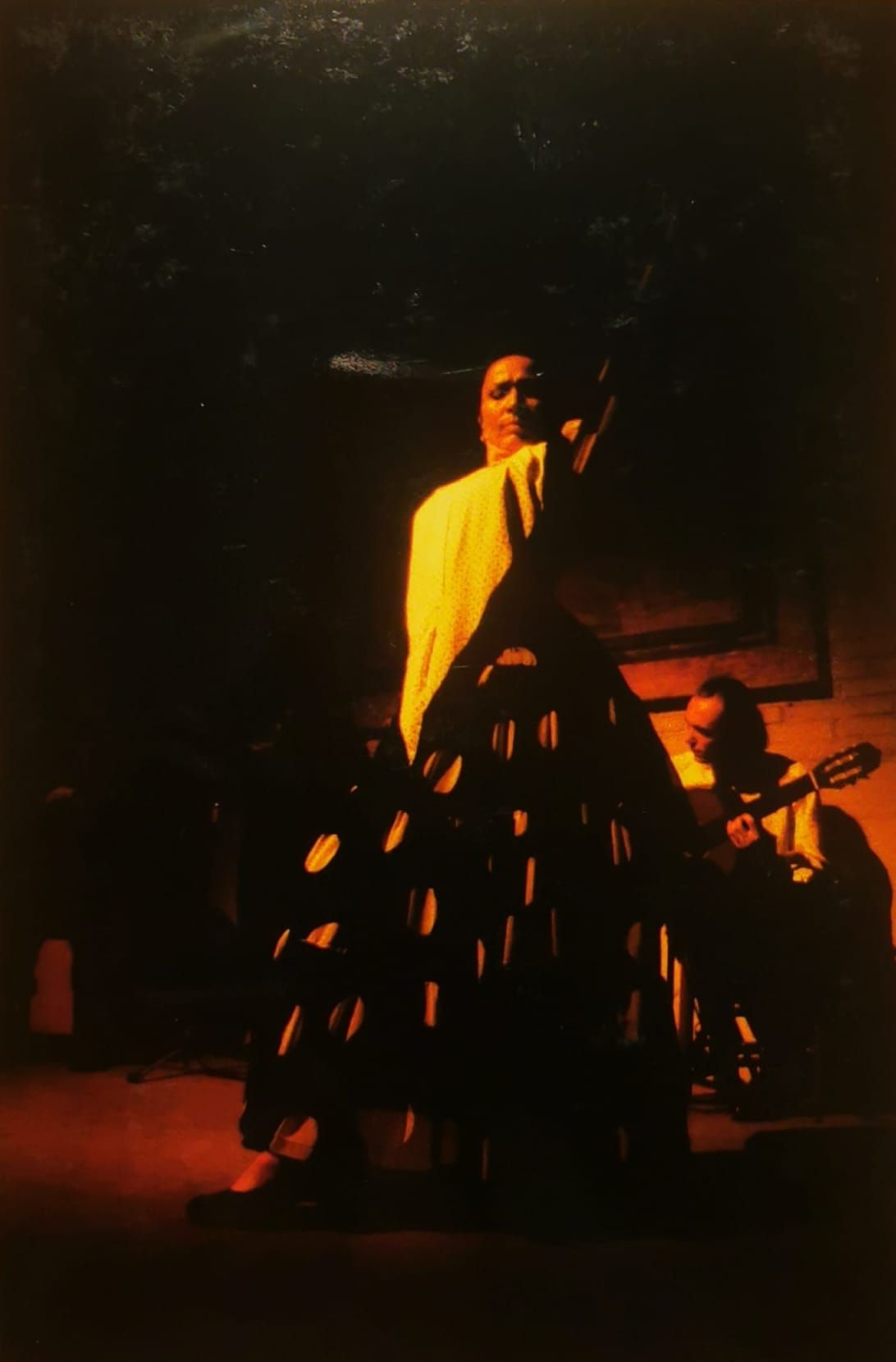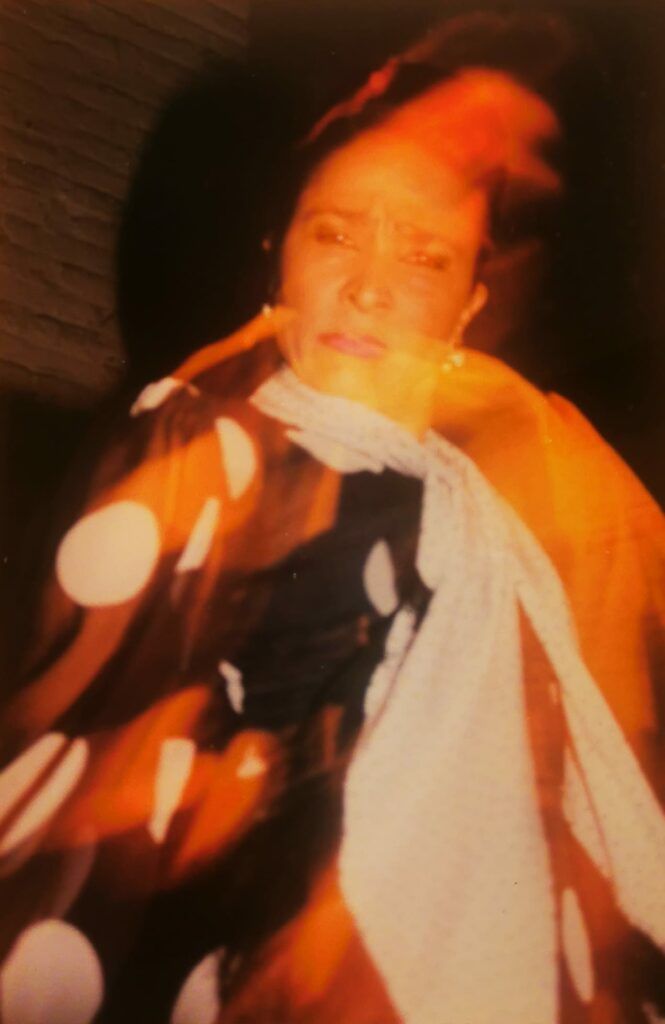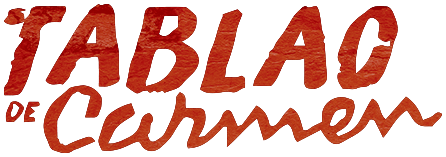
The soleá is one of the most emblematic dances in flamenco , and, just as in singing, its execution encompasses each and every one of the essential elements of flamenco’s dance aesthetics.
For flamenco enthusiasts, the soleá is one of the flamenco “palos” (forms) they expect to enjoy in a tablao. The soul of the traditional soleá can be found at the Tablao de Carmen, where artists meet their rhythms and emotions.
What does ‘soleá’ mean?
The “soleá”: a word that sounds flamenco and, when pronounced with an Andalusian accent, shortens the original word: ‘soledad’ (loneliness).
Soleá (flamenco) or soledad (loneliness): two words that speak of this feeling that every human being knows, the feeling of being alone. When there is no one, it is summed up in the soleá.
A verse sings: “And in the solitude of my moonless nights…”.
And another verse: “In the depths of the cellar, there are gypsies singing the soleá…”.
“The bridge railings swayed when I passed by…”.
“I love only you, and I pay no attention to anyone else…”
Thousands of flamenco lyrics refer to solitude.
The Soleá is a flamenco form, one of the many flamenco rhythms that exist, and perhaps, along with the bulería and the alegría, the most prevalent in tablaos and in the flamenco dance repertoire.
It is considered one of the foundations of flamenco singing.
As the word itself suggests, the soleá is a form that reflects an intimate state of the soul, one of reflection, solitude, a return to one’s inner self, solitary thoughts, and speaking to oneself before anyone else. The Soleá is slow and serious.

Definition of the soleá: essential concepts
1. El compás (rhythmic structure)
The rhythm of the soleá follows a basic pattern that can be extended to many other flamenco styles, combining a 6×8 rhythm with a 3×4 rhythm within a 12-beat structure. Here’s the traditional marking pattern: Here’s the traditional marking pattern:
Traditional compás (rhythm):
| 1 | 2 | 3 | 4 | 5 | 6 | 7 | 8 | 9 | 10 | 1 | 2 | / | 1 | 2 | 3 |
2. Verse
In the past, verses of three octosyllabic lines that rhymed a – b – a, usually with assonance, were called “cantares de soledad” (songs of solitude).
Based on this, we can distinguish between soleá grande (four octosyllabic verses with assonant or consonant rhyme in the even lines) and soleá corta (three verses).
3. More basic details about soleares
Soleares are structured around a basic flamenco pattern, which includes guitar introduction, with these steps: “ayeo de salida” (introductory phrase), “cante de preparación” (preparation singing), “cante valiente” (brave singing), and “remate” (ending), with “falsetas” (guitar variations) intercalating between different verses.
It is difficult to distinguish the great variety of soleares that exist because the flamenco personality and character of the soleá permeate almost all flamenco, and the variations are numerous.
The Soleá de Cádiz is shorter, direct, and joyful. The Soleá de Jerez emphasizes melody more, and the Soleá de Triana is even more melodic. The differences between soleá styles are based on harmony, tonality, and rhythm.
All soleares share the common metric and the twelve-beat rhythm that governs the measure of this foundational style.
Playing the Soleá
At this point, it is important to highlight the role of the guitar in the opening of the soleá.
It is the guitar and its initial notes that define the start of the “mother of all flamenco songs” (as the soleá is known). First, the guitar calls the singer to their song.
From there, the guitarist accompanies the singer and dancer throughout the soleá.
In a conversation with José Andrés Cortés, a guitarist from Barcelona with a solid and unquestionable flamenco reputation, he defines the soleá as the “father of flamenco.”
He explains that to start the Soleá, there is a “mother phrase,” which, in the context of traditional flamenco playing, is always in the key of “E” or “F.” He explains that there are musical codes that the guitarist must perceive from the singer, and that it is crucial to keep in mind the rhythm of the soleá, which is “always there,” and it is necessary to be very attentive to it (unlike when playing for free-form flamenco forms).
Singing the Soleá
Here, we refer to the quality of this singing not only as a musical composition but as a poetic and cultural value. Being sung by anonymous and popular origin, flamenco singers achieve a remarkable musical intensity, sometimes reaching the category of spiritual chants.
The opening notes of the soleá singing are a call to listen to and attend to the human soul.
Flamenco lyrics for songs of soleá, even though they are popular, have a high literary quality.
In the prologue of Juan Lamillar’s book “99 soleares” by José Luis Blanco Garza, the importance of solitude as a theme and inspiration for all poets is mentioned. It cites a book from 1861 titled “La soledad” (Solitude), in which the author Augusto Ferrán compiled songs influenced by both popular verses and Germanic lyrics.
The soleá, as both a literary and musical composition with an unquestionable origin in the popular lyrics of the southern Iberian Peninsula, has a well-defined structure. Its metric combination consists of three verses, each with eight syllables, with assonance in the first and third verses and no rhyme of any kind in the second.
In just three verses, the soleá tells everything, as the author says, “the entire life / in the third of the ‘copla’ (song)”.
The soleá speaks of sorrows, loves, challenges and arrogance, suffering, sadness, solitary thoughts, absences and life.
Soleá Dance
To write about what this chapter represents” we have referred to the perspective of a young dancer from Barcelona, Tere Salazar, “La Tere,” who has been dancing regularly for a year at the Tablao de Carmen. Coming from a flamenco family and studying flamenco at La Tani’s flamenco school since childhood, she confessed that she is not yet ready to dance the soleá. She explains that it is not taught.
“When it comes to dancing it, once you step out, you walk differently, you look differently, you feel differently. It’s special. For me, it’s unique, meaning, the soleá is a separate form, in which when you step out, everything transforms.
I can’t intuit or understand why it’s like that. It’s a feeling. When you hear that ‘down-to-earth’ rhythm, you remember Manuela Carrasco, who is the queen of the soleá for me. You walk, and your face changes. You listen, and it reaches you, and your arms go with the soleá, but without intending to, just feeling it. If you don’t feel the soleá…
That’s why I haven’t ventured into soleá. Because I have so much respect for it that until I ‘find myself’ there… I listen to it a lot because I love it, but I haven’t taken any classes for soleá”.
